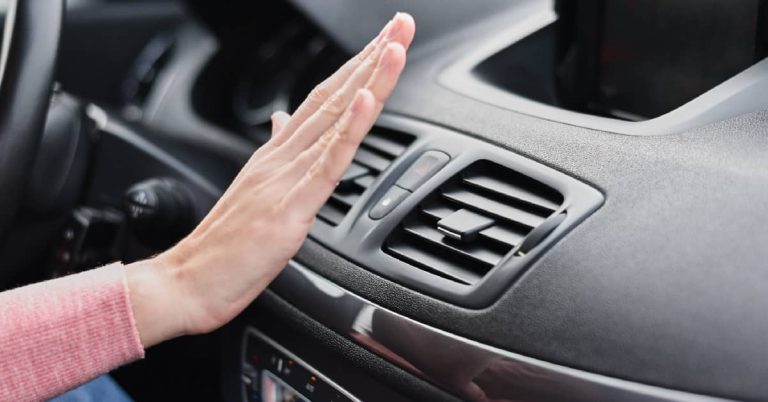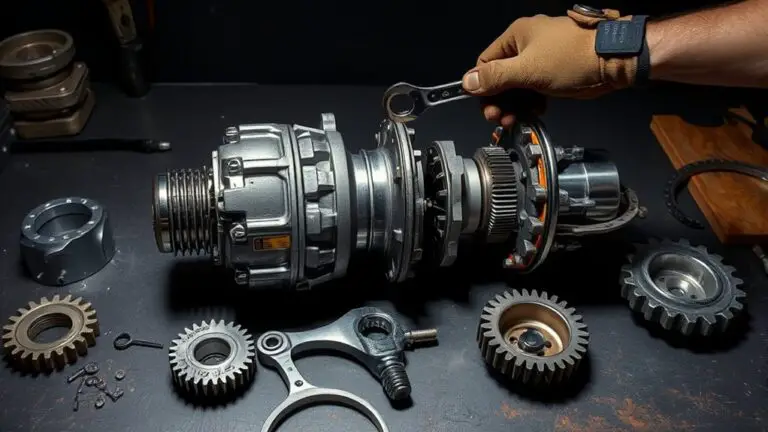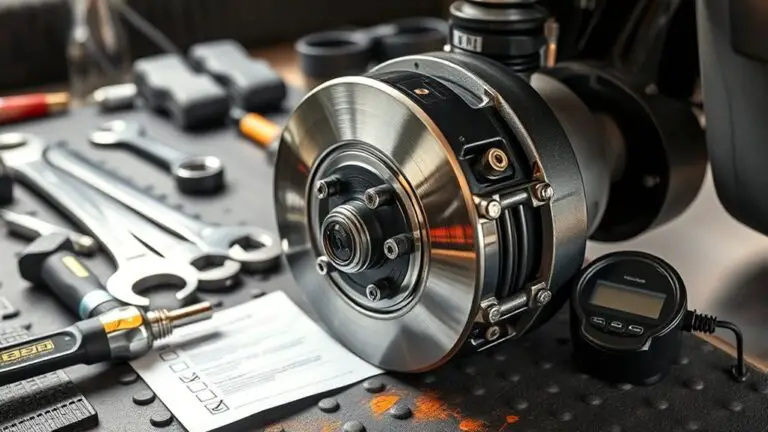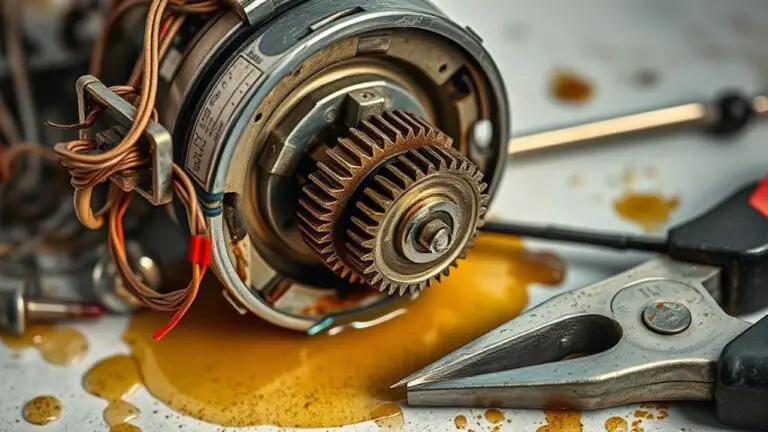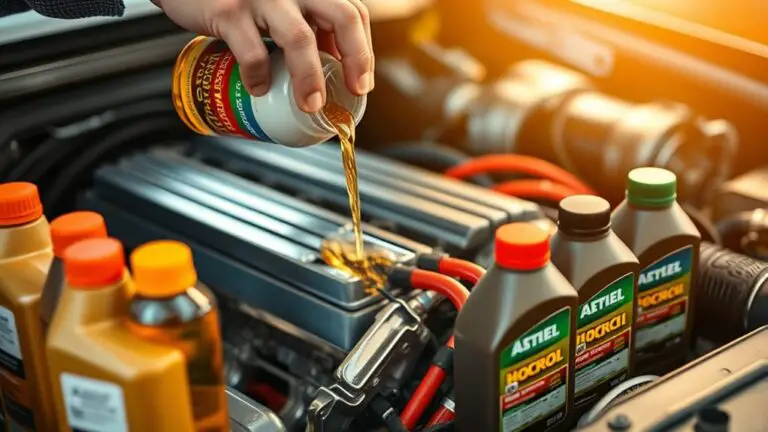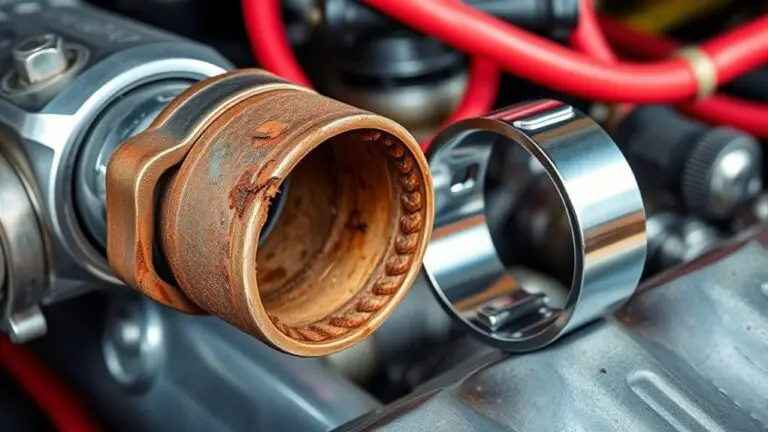Seasonal Tire Care to Prevent Too Frequent Air Loss
Seasonal tire care minimizes air loss by accounting for temperature-driven pressure changes and by staying vigilant for leaks. Start with a cold-pressure baseline using a reliable gauge, then monitor shifts as temps swing. Inspect valves, bead seats, and mounts for seepage or damage, using soapy water to confirm leaks. Maintain correct inflation, rotate tires, and store tires properly during off-seasons. Regular inspections and clean components reduce sudden losses, and you’ll uncover more practical steps ahead.
Understanding Seasonal Tire Air Loss

Seasonal tire air loss occurs primarily due to temperature fluctuations and seasonal pressures, which cause rubber and bead seating to contract or expand. You’ll notice fluctuations most when ambient temperatures swing between day and night or across seasons. As temperatures drop, rubber stiffens and air contracts, lowering tire pressure; as temperatures rise, air expands, increasing pressure. You should track tire pressure regularly to distinguish normal shifts from leaks. The key concept is that seasonal changes affect both tire structure and air behavior inside the tire, not just the air itself. Keep a baseline pressure for your vehicle as specified by the manufacturer, and check it in a consistent state, ideally when tires are cold. If you observe persistent pressure loss beyond a few psi across several days, investigate further. Maintain proper tire pressure for safe handling, even as conditions vary, and plan seasonal adjustments to sustain performance and fuel efficiency.
Inspecting Tires for Leaks and Damage
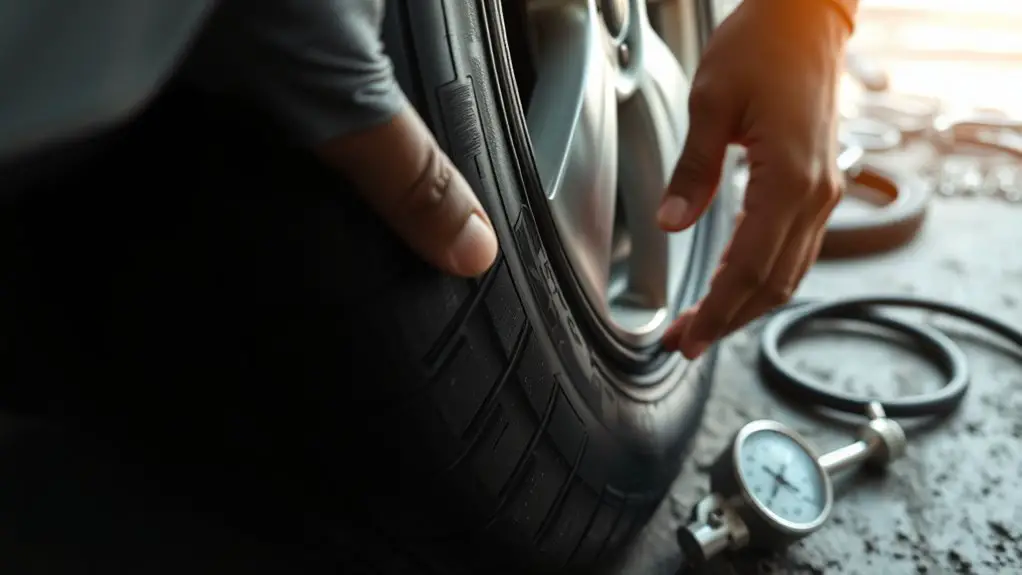
Inspecting tires for leaks and damage is a proactive step you can take to maintain safety and performance. You’ll scan for obvious signs like bulges, cracks, or exposed cords, then check valve stems and bead areas for seepage. Use a soapy water test on suspected joints to reveal slow leaks without disassembly, and listen for hissing around the tread edge when the tire is off the road. Tire maintenance hinges on quick interpretation: differentiate penetrating punctures from incidental damage, and record pattern details for future decisions. Perform tire treadwear analysis to determine remaining life and uniformity; note cupping, feathering, or excessive wear that might indicate misalignment or suspension issues. When a puncture is detected and repairable, apply puncture repair techniques that follow safety standards, ensuring proper plug or patch placement from inside or outside as appropriate. Maintain documentation and schedule professional evaluation for questionable cases to prevent progressive air loss.
Maintaining Optimal Tire Pressure Across Temperatures
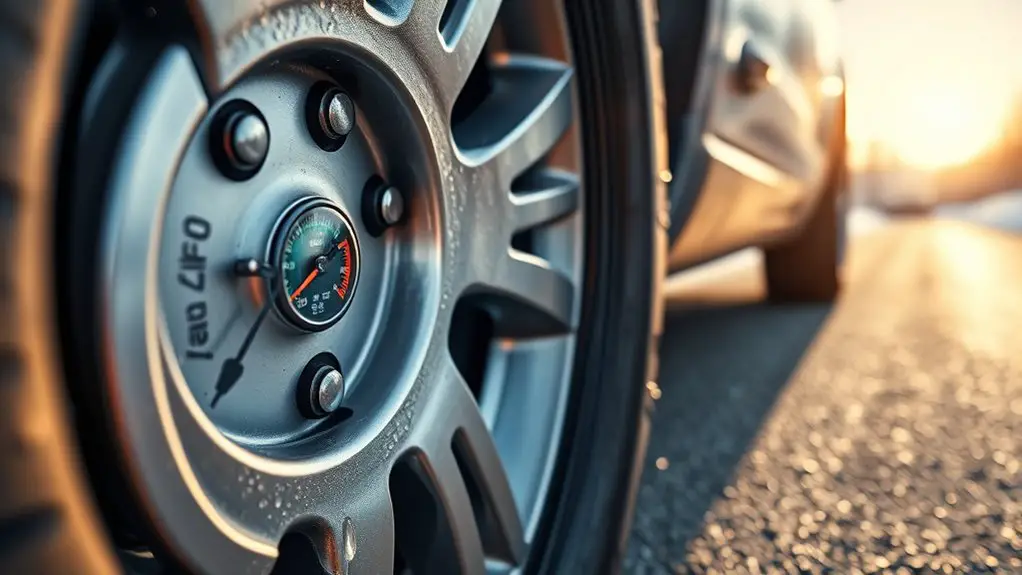
Maintaining ideal tire pressure requires accounting for temperature-driven pressure changes; as ambient temperatures drop, tire pressure falls, and as they rise, pressure increases. You’ll track these shifts using a consistent reference, ideally when tires are cold, to minimize variance. Temperature fluctuations affect air molecules inside the tire, so you’ll see measurable changes even over a single day. To maintain peak performance, set tire inflation to the vehicle manufacturer’s recommended cold pressure, then recheck after a few miles of driving, noting any deviation caused by heat buildup. If you operate in extreme climates, consider slightly adjusting targets within the manufacturer’s tolerance, but avoid overinflation, which can reduce traction and ride quality. Use a reliable gauge and calibrate your gauge periodically. Document observed changes and schedule routine checks with seasonal cycles in mind. This disciplined approach keeps grip consistent, wear even, and your tire system responsive, supporting freedom to drive confidently.
Preparing Valves, Mounts, and Seals for Changeovers
Switching changeovers requires you to verify that valves, mounts, and seals are clean, undamaged, and properly seated before any component swap. You’ll inspect for corrosion, cracking, and wear, ensuring seating surfaces aren’t contaminated by dirt or oil. Prioritize valve maintenance by testing resistance, verifying thread integrity, and confirming quick-connects seal without gaps. Assess seals for elasticity and uniform compression; any deformation or hardening signals replacement needs. Clean mounts to remove residue that could misalign the tire assembly, then torque fasteners to spec to maintain accurate bead seating. Document any anomalies so you can reconcile pressure loss later. This prep preserves seal integrity and avoids leaks that undermine performance. Stay precise, deliberate, and ready to proceed. Your aim is a reliable, repeatable changeover process that supports consistent air retention and ideal tire function.
- Cleanliness and seating accuracy of valves and mounts
- Visual and tactile seal integrity checks with corrective action
- Torque verification and post-changeover leak testing
Proactive Practices to Minimize Sudden Flat Risk
Proactive practices to minimize sudden flat risk focus on preemptive checks and operational discipline that prevent punctures and bead failures before they occur. You’ll implement a disciplined inspection routine before each drive, confirming tire condition, tread depth, and bead seating, then verify valve integrity and rim compatibility. Regular tire rotation distributes wear evenly, reducing localized stress that can precipitate punctures and sidewall damage. Maintain proper inflation targets for load and speed, and monitor for slow leaks that foreshadow sudden failure. During seasonal storage, prepare tires properly: clean, dry, and store away from direct sunlight, extreme temperatures, and ozone sources; use stands or supports to prevent flat spots and deformities. Use quality sealants only where appropriate, and replace damaged valves or mounts promptly to preserve bead seal. Document all checks, defects, and corrective actions, and schedule proactive replacements to uphold safe performance between seasons.
Frequently Asked Questions
How Often Should I Replace Season-Specific Tire Valves?
You should replace season-specific tire valves every 5–7 years, or sooner if you notice cracking, hardening, or leaks. This aligns with tire valve lifespan expectations in most vehicles. For reliable seasonal maintenance, inspect valves during every tire swap and replace worn seals promptly. Always use OEM or quality aftermarket valves, and consider upgrading to extended-life cores. Regular checks help prevent air loss, preserving performance and safety while supporting longer overall tire life.
Do Sealants Affect Tire Pressure Readings at Altitude?
Yes, sealants can affect tire pressure readings at altitude. Sealant effectiveness may alter internal pressure slightly due to added volume, but major effects come from ambient pressure changes. When you measure, account for altitude impact by using a calibrated gauge and checking when the tire is cold. If readings seem off, recheck after a short drive, then re-tire pressure. Maintain recommended psi; monitor sealant life and reapply as needed.
Can Ambient Humidity Cause Measurable Air Loss in Tires?
Humidity effects can cause measurable tire pressure shifts, though the changes are small unless humidity is extreme. You’ll see minor expansion in warm, humid air and slight pressure drops with cooler, dry air, so ambient humidity plays a modest role in air loss. Monitor tire pressure routinely, especially in changing weather. You’ll maintain accuracy by checking when tires are cold, using a reliable gauge, and accounting for temperature-driven pressure variance in your readings.
Are There Warning Signs of Slow Leaks From Wheel Rims?
Yes. You’ll notice slow leak indicators like gradual tire pressure drop, frequent rechecks, or a visibly flattening sidewall. Do a wheel rim inspection for corrosion, cracks, or bent edges, especially after impacts. If you detect air loss without punctures, check bead seat cleanliness and valve core integrity. Maintain records of pressures and dates, and address rims or seals promptly to avoid persistent leaks and unsafe driving. Regular inspection supports safe freedom on the road.
Do Temporary Tire Repairs Impact Long-Term Air Retention?
Temporarily repairing a tire can help air retention short-term, but it often won’t hold long enough for extended use. You’ll reduce steady pressure loss only if the repair is done correctly and promptly addressed with a permanent fix. Understand that temporary repairs, while useful in a pinch, don’t replace proper sealing, so monitor your TPMS and recheck pressures. If the patch or plug fails, you risk faster air loss and unsafe driving. Inspect regularly.


